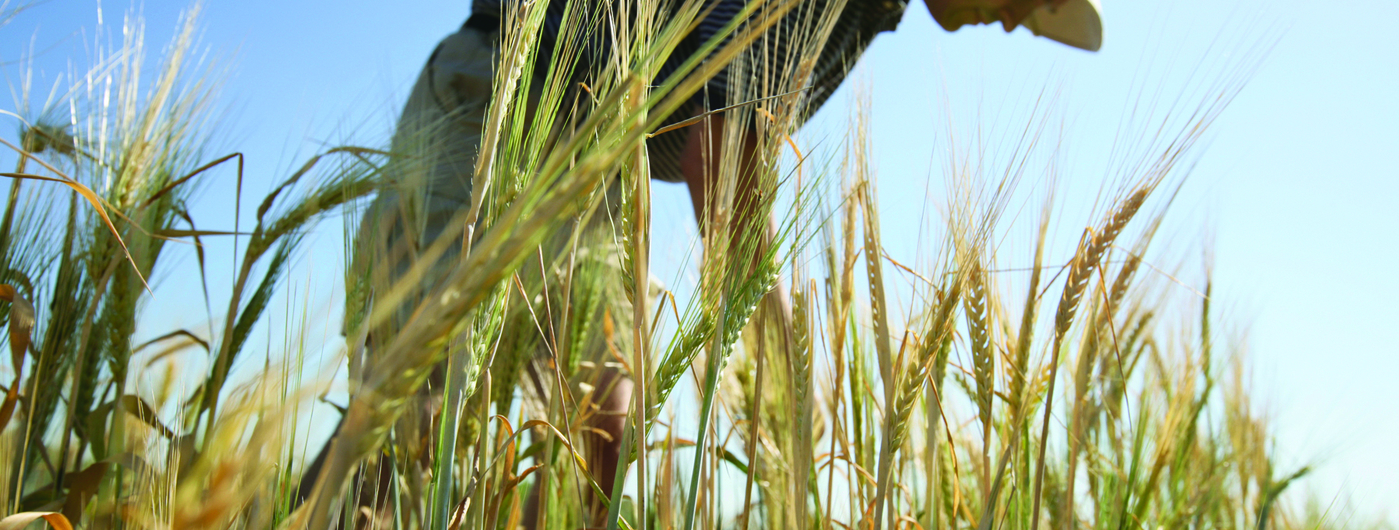Welcome to the IPM Podcast for Field Crops for the 2021 growing season. Subscribe to the podcast and never miss an episode on iTunes, Google Podcasts, and Spotify.
 This Podcast is sponsored by UMN Extension Integrated Pest Management (IPM). In this week’s podcast, we feature: Dr. Jochum Wiersma, Professor of Extension in the Department of Agronomy and Plant Genetics, who is based out of Crookston, MN, and Dr. Jared Goplen, Regional Extension Educator in small grains and forages based out of Morris, MN.
This Podcast is sponsored by UMN Extension Integrated Pest Management (IPM). In this week’s podcast, we feature: Dr. Jochum Wiersma, Professor of Extension in the Department of Agronomy and Plant Genetics, who is based out of Crookston, MN, and Dr. Jared Goplen, Regional Extension Educator in small grains and forages based out of Morris, MN.
Click here to listen to the podcast
Drs. Wiersma and Goplen discussed weed management in small grains, especially related to timing of weed emergence. Small grains offer an option to produce a crop before significant emergence of difficult to control weeds, such as waterhemp. In fields that have had particularly heavy later season weed pressure, this can be one method to break the weed seed production cycle and limit the weed seed bank to make management easier in future years.

With some increasing humidity, diseases are actually being found in some small grains fields and should be monitored as we move into June, especially around the flag leaf stage. Early in the season, some plants also experienced environmental stress from heat, wind, and sandblasting that might initially be confused for disease.
Insects can also be an issue for small grains in Minnesota. Wheat stem maggot damage can be noticed with pronounced white heads compared to the rest of the plant, and consistent wheat stem sawfly infestations within the state so far tend to be isolated around Crookston. While aphids can vector barley yellow dwarf virus (BYDV), treating for aphids in order to control for BYDV is not an effective strategy to prevent this insect vectored disease since the virus is quickly transmitted by aphids probing as they move through fields. Dr. Wiersma discussed how plants often do not show the full range of BYDV symptoms in Minnesota because aphid transmission of the disease often occurs after a point in plant development when dwarfing symptoms would occur.
For biweekly pest reports on small grains, follow the MN Crop News blog for future updates.
This podcast was hosted by Dr. Anthony Hanson (hans4022@umn.edu), an IPM Educator for Field Crops with University of Minnesota Extension based out of Morris, MN. The purpose of the IPM podcast is to alert Growers, Ag Professionals and Educators about emerging pest concerns on Minnesota field crops. We also review recent pest trends and research updates.
Click here to listen to the podcast
Comments
Post a Comment